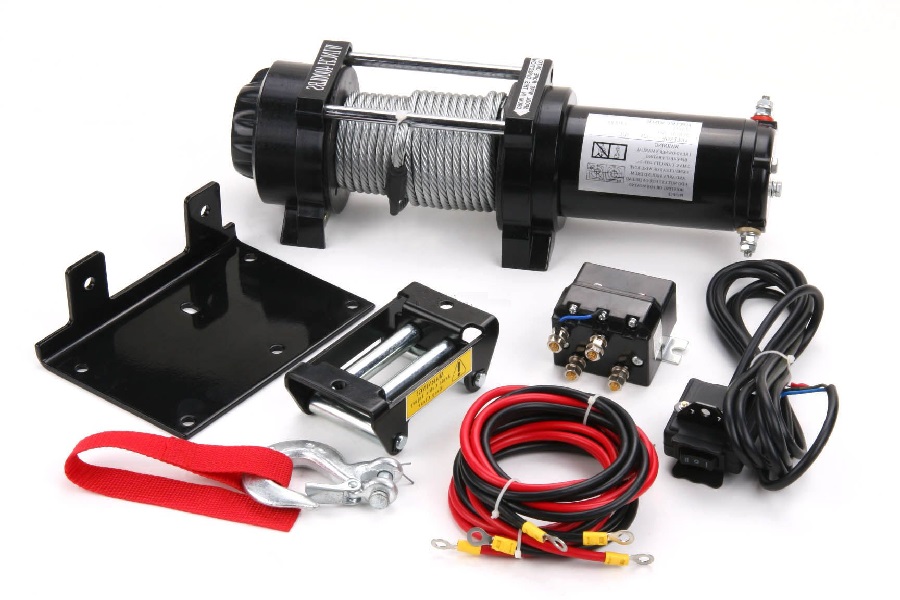A winch looks similar to a hoist, but it’s designed to do completely separate things. While the hoist is used to lift something up vertically, the winch is meant to pull heavy objects horizontally over a slightly leveled or inclined surface. Both tools can make heavy-lifting tasks easier, but today we’ll concentrate on the winch.
A winch is a versatile piece of equipment with plenty of applications. For instance, at a construction site it can be used to drag large boulders, at warehouses to pull trucks full of heavy loads, it can even help you move a couch without breaking your back. And the winch is especially popular in Australia’s 4WD community. As part of a vehicle’s recovery kit, winches save 4×4 owners a lot of time and headaches when they’re stuck in mud, or in between logs and rocks. It’s safe to say that winches are the tool that can get your vehicle out of just about any road problem.

Besides their incredible versatility, another good thing about winches is that they are relatively inexpensive for the great value they provide. They are also easy to find at just about any home improvement store, tool shop, vehicle accessories store or online, and you might even come across plenty of winch sales this time of year. But regardless of the price, your choice should ultimately come to the winch’s performance which is defined by a few characteristics.
Type of Motor
Winches are power tools that can have two types of motors – permanent magnet and series wound. If you’re planning to use the winch frequently and for a variety of tasks, than a series wound motor is a better choice. Series wound motors are more reliable for heavy-duty applications and work consistently in all kinds of weather conditions, making them also suitable for an off road recovery kit. On the other hand, winches powered by a permanent magnet motor are better for light-duty applications and are also the less expensive option you can find at winch sales.
The Pull Rating
The pull rating refers to the weight capacity a winch is able to withstand and the tensile strength of the first line of cable. You should consider that as the cable line winds each time, the pulling capacity of the winch is reduced. Usually, the pulling rating decreases by 10-15% on each layer. Therefore, in order to be efficient, the winch should have a pull rating that is 1.5 times more than the weight of the object. For instance, if you want to pull a vehicle weighing 3000 kg, winch’s capacity should be at least 4.500 kg.
The Line Length
Of course, how long the line is will also influence the performance of the winch. Usually, the longer the line is, the greater its ability to pull will be, due to the pull rating we’ve mentioned earlier. For most applications, a 30 meter cable seems to work just fine. But you can also add some additional 30 meters of eyelets or hooks, which is a more convenient option than having to carry an unnecessary long cable on the winch drum.











